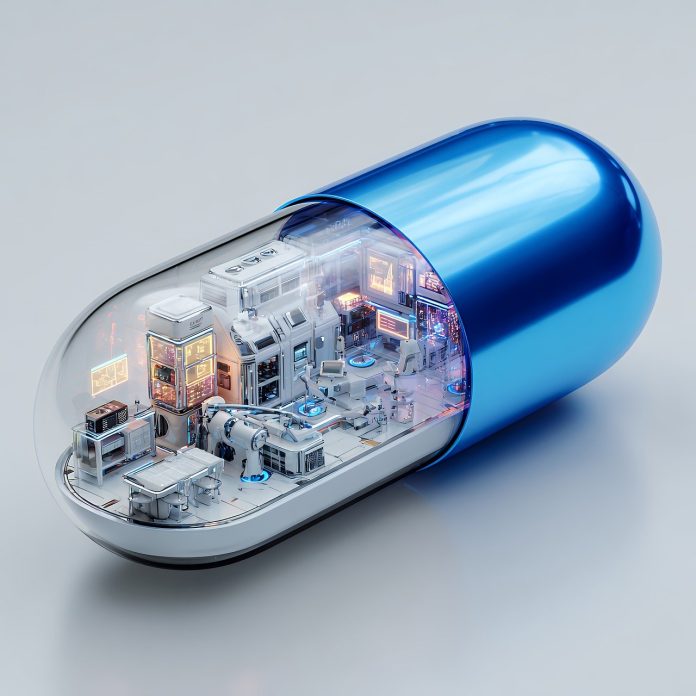In modern drug discovery and development, pharmacokinetics services are the backbone of understanding how a compound behaves once administered. They provide the essential data that allows researchers to determine if a molecule can realistically transition from a lab bench to a patient’s bedside.
By analyzing absorption, distribution, metabolism, and excretion (ADME), these services reveal whether a drug candidate has the right characteristics to be safe, effective, and commercially viable.
Without these insights, even highly potent compounds often fail, either due to poor bioavailability, rapid clearance, or unexpected toxicity. In fact, industry studies show that over 40% of drug failures in clinical trials are linked to unfavorable pharmacokinetics or toxicity profiles, making PK studies not just useful but mission-critical.
Table of Contents
Why Pharmacokinetics Matters in Drug Development
Pharmacokinetics is sometimes referred to as the “what the body does to the drug,” in contrast to pharmacodynamics, which is “what the drug does to the body.” This distinction highlights why PK is so vital: even if a drug shows excellent efficacy in vitro, it may never reach the right tissue in humans at therapeutic levels.
Key reasons pharmacokinetics data is indispensable include:
- Dose determination and scheduling: A drug with a half-life of two hours may require multiple daily doses, while a compound with a longer half-life may be administered once daily or weekly.
- Safety profiling: Drugs that accumulate in fatty tissues or organs can lead to long-term toxicity.
- Predicting interpatient variability: Different patient groups (e.g., pediatric, geriatric, or those with impaired liver/kidney function) may metabolize drugs differently.
- Optimizing delivery methods: Poorly soluble compounds may require nanoparticle formulations or lipid carriers to achieve effective absorption.
📌 Case in point: The antihistamine terfenadine was withdrawn from the market because of poor metabolism and dangerous cardiac side effects when taken with other drugs. A deeper understanding of its pharmacokinetics could have prevented its approval.
The Core of ADME Studies
Pharmacokinetics services are built around ADME studies, which together provide a complete picture of drug disposition:
- Absorption
- Determines how quickly and efficiently a drug enters systemic circulation.
- Influenced by solubility, pH, food intake, and formulation.
- Example: Oral drugs with poor absorption often fail, while alternative delivery routes (sublingual, transdermal) can improve outcomes.
- Distribution
- Examines how the drug is transported through the bloodstream and tissues.
- Binding to plasma proteins can reduce free, active drug concentration.
- Distribution studies also reveal if drugs cross the blood–brain barrier, which is crucial for CNS therapies.
- Metabolism
- Focuses on enzymatic transformation, primarily by liver enzymes (e.g., CYP450 family).
- Some drugs are prodrugs activated by metabolism, while others may form toxic metabolites.
- Example: Acetaminophen is safe at normal doses but metabolized into a hepatotoxic compound at high doses.
- Excretion
- Identifies elimination pathways (urine, bile, sweat, breath).
- Drugs with slow excretion may accumulate, requiring careful dosing.
- Renal clearance studies are essential in patients with kidney disease.
Key Applications of Pharmacokinetics Services
Pharmacokinetics services support multiple phases of drug development, from early discovery to clinical use:
- Lead optimization: Identifying compounds with favorable half-lives, solubility, and oral bioavailability.
- Drug–drug interaction studies: Predicting competitive metabolism, which can affect efficacy or safety when multiple drugs are prescribed.
- Formulation development: Creating controlled-release tablets, injectable solutions, or nanoparticle-based carriers to improve delivery.
- First-in-human studies: Providing safe starting doses for Phase I trials.
- Population pharmacokinetics (PopPK): Using data from large groups to predict variability across demographics and disease states.
📌 Real-world example: HIV antiretroviral therapy relies heavily on pharmacokinetics optimization, with “boosting agents” like ritonavir intentionally used to slow metabolism and improve therapeutic levels of other drugs.
Outsourcing Pharmacokinetics: Why It Matters
Pharmaceutical companies increasingly turn to contract research organizations (CROs) for specialized pharmacokinetics services. Outsourcing provides:
- Access to advanced technology such as LC-MS/MS, high-throughput screening, and physiologically based pharmacokinetic (PBPK) modeling platforms.
- Compliance expertise with regulatory frameworks (FDA, EMA, ICH).
- Efficiency and cost savings compared to building in-house PK labs.
- Scalability from small exploratory studies to large GLP-compliant trials.
For small biotech firms, partnering with CROs often determines whether their candidates can survive the rigorous preclinical stage and attract investors.
Future Trends in Pharmacokinetics
The future of pharmacokinetics is being shaped by technology, data science, and personalized medicine. Trends to watch include:
- AI-driven PK modeling: Using machine learning to predict ADME profiles from chemical structures before synthesis.
- Virtual populations & PBPK modeling: Simulating how drugs will behave in special populations such as pediatrics or patients with organ impairments.
- Microdosing and exploratory IND studies: Gathering early human PK data at ultra-low, non-toxic doses.
- Biologics pharmacokinetics: Specialized studies for monoclonal antibodies, peptides, and RNA-based drugs, which behave differently than small molecules.
- Integration with pharmacogenomics: Understanding how genetic differences in metabolic enzymes affect drug response and tailoring therapies accordingly.
Conclusion
Pharmacokinetics has moved from being a support function to a strategic driver of drug development success. With the high costs of late-stage failures, integrating robust pharmacokinetics services from the earliest phases is not optional—it’s essential.
By unlocking the science of ADME, drug developers can better predict real-world outcomes, improve safety, and bring life-saving therapies to market faster and more efficiently.
In a world where precision medicine and patient-centric drug design are becoming the norm, pharmacokinetics will remain at the forefront of smarter, data-driven decision-making in pharmaceutical innovation.
INTERESTING POSTS
About the Author:
Mikkelsen Holm is an M.Sc. Cybersecurity graduate with over six years of experience in writing cybersecurity news, reviews, and tutorials. He is passionate about helping individuals and organizations protect their digital assets, and is a regular contributor to various cybersecurity publications. He is an advocate for the adoption of best practices in the field of cybersecurity and has a deep understanding of the industry.










